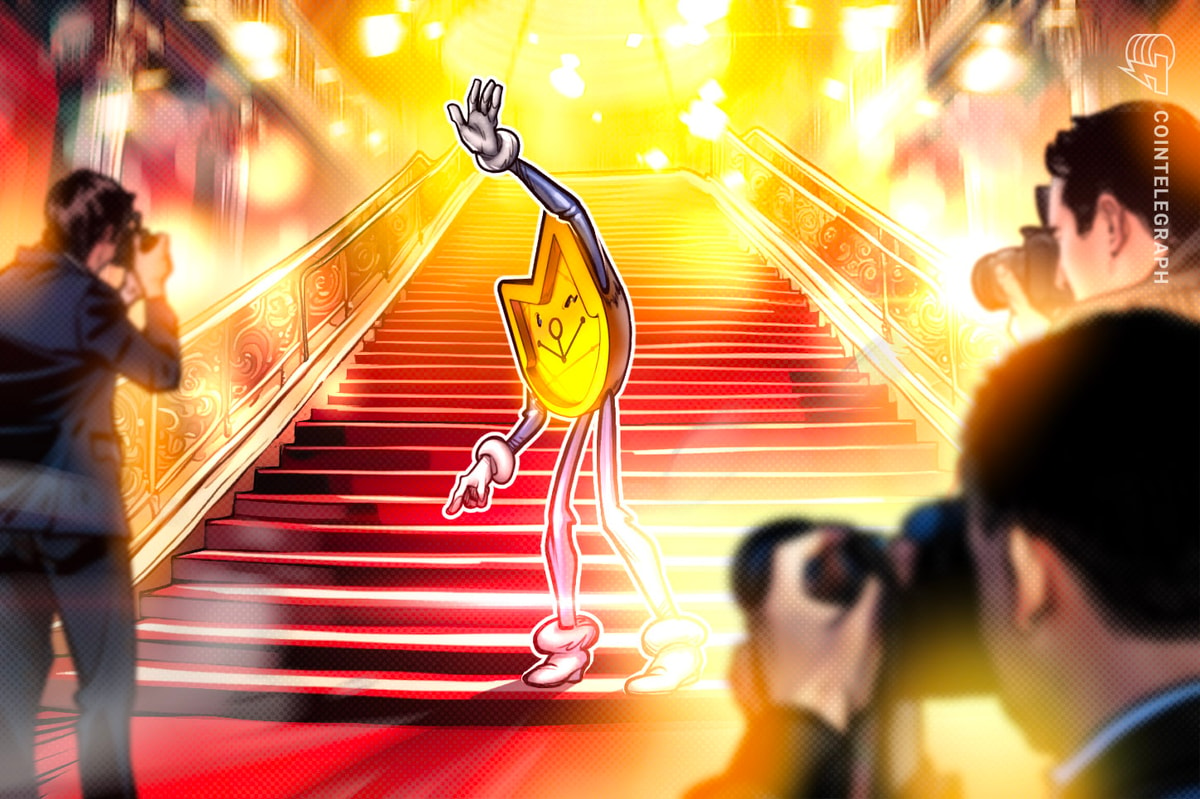Magic Leap 2 reviews have surfaced after the successor to the Magic Leap 1, which launched in the early 2000s, debuted in September this year. Unlike the second version, the first iteration spent most of its early years in stealth mode, teasing its Magic Leap 1 headset in 2018.
While it was not a complete commercial success, the Magic Leap 1 reached several crucial milestones with its sleek, ergonomic form factor and intuitive user experience (UX).
What put off several interested buyers was the device’s formidable price point, which placed it outside the reach of not only major clients but also several small-to-mid-sized businesses.
The device comes at a pivotal juncture in the company’s journey. Although the company raised $500 million, it suffered major losses across the year.
Later, its valuation dipped by a staggering 93 percent, or $450 million, down from $6.4 billion the previous year. This led to large-scale layoffs and later, then-CEO Rony Abovitz stepped down.
Despite this, the Plantation, Florida-based company worked to improve its headset and finally released its second iteration of the device, the Magic Leap 2, on 30 September to critical acclaim.
Now, as Microsoft and Qualcomm alumni, Chief Executive Peggy Johnson has advanced the company’s position as a top-tier enterprise product.
The release comes amid fierce competition with Meta Platform’s Quest Pro, the Pico 4 and its Enterprise edition, the HTC VIVE Focus 3 and Flow Enterprise, and Lenovo’s VRX and A3 headsets.
Inside Magic Leap 2
The company also provides prebuilt solutions for specific use cases in manufacturing, healthcare, 3D visualisation, collaboration, and more. It is a hybrid headset between barebones AR smart glasses and a full-fledged VR headset regarding its form factor and functionality.
To start, designers have created the Magic Leap 2 with 20 less weight than its predecessor at just 252 grammes, which is perfect for long durations of enterprise use.
It will also include numerous upgrades, including a 70-degree field of view (FoV), 2.5 million pixels per eye resolution, 4K video output, 120Hz refresh rates, and 256 GB of storage space.
The Magic Leap 2 will also offer precision AR overlays with sensors and body trackers, along with outward-facing cameras for depth, colour, and eye-tracking sensing.
It has a price tag of $3,299, compared to the Meta Quest Pro’s $1,499 and Pico 4 Enterprise’s $899. The device also offers a Developer Pro model for $4,099 with developer tools and monthly early access programming designed for early and beta testing.
It is also available as an Enterprise edition at $4,999 with large-scale IT deployments and endpoint management (UEM) and mobile device management (MDM).
Peggy Johnson’s Views on the Augmented Worker
Speaking at the Wharton School at the University of Pennsylvania, Peggy Johnson explained the need for spatial technologies to back the global economy.
She highlighted her work with Magic Leap to support distance learning in the Metaverse, the rising spatial communications platform for work, collaboration, gaming, and other activities.
Magic Leap’s shift to the enterprise notes its role in advancing use cases and specifications for such headsets. The company’s second version of the device aims to reach targets the first may have missed while perfecting the art of building the immersive professional.
She explained at the time that Magic Leap was honoured to join the UPenn initiative, adding: “I think it shows that the metaverse and augmented reality are increasingly seen as technologies that will shape our future and better our world.”
The company also announced at the Immerse Global Summit (IGS) 2022 Europe in Portugal that it would launch its product across 19 countries.
Speaking at a major panel discussion with representatives from HTC VIVE, Qualcomm, and Google, Lisa Watts, Magic Leap’s Vice President of Product Marketing and Developer Programs, told audiences of her firm’s long journey to improve and impress with its latest headset.
“It’s been a journey to get here. Magic Leap 2 stands on the shoulders of giants and the force of the entire industry,” she said.
Read More: www.xrtoday.com









 Bitcoin
Bitcoin  Ethereum
Ethereum  Tether
Tether  XRP
XRP  USDC
USDC  Solana
Solana  TRON
TRON  Dogecoin
Dogecoin  Cardano
Cardano  Lido Staked Ether
Lido Staked Ether  Wrapped Bitcoin
Wrapped Bitcoin  LEO Token
LEO Token  USDS
USDS  Toncoin
Toncoin  Chainlink
Chainlink  Stellar
Stellar  Wrapped stETH
Wrapped stETH  Avalanche
Avalanche  Shiba Inu
Shiba Inu  MANTRA
MANTRA  Sui
Sui  Hedera
Hedera  Binance Bridged USDT (BNB Smart Chain)
Binance Bridged USDT (BNB Smart Chain)  Ethena USDe
Ethena USDe  Polkadot
Polkadot  Bitcoin Cash
Bitcoin Cash  Litecoin
Litecoin  Bitget Token
Bitget Token  WETH
WETH  WhiteBIT Coin
WhiteBIT Coin  Pi Network
Pi Network  Monero
Monero  Hyperliquid
Hyperliquid  Wrapped eETH
Wrapped eETH  Dai
Dai  sUSDS
sUSDS  OKB
OKB  Uniswap
Uniswap  Gate
Gate  Pepe
Pepe  Coinbase Wrapped BTC
Coinbase Wrapped BTC  Aptos
Aptos  NEAR Protocol
NEAR Protocol  Tokenize Xchange
Tokenize Xchange  Mantle
Mantle  Ethena Staked USDe
Ethena Staked USDe  Ondo
Ondo  Cronos
Cronos